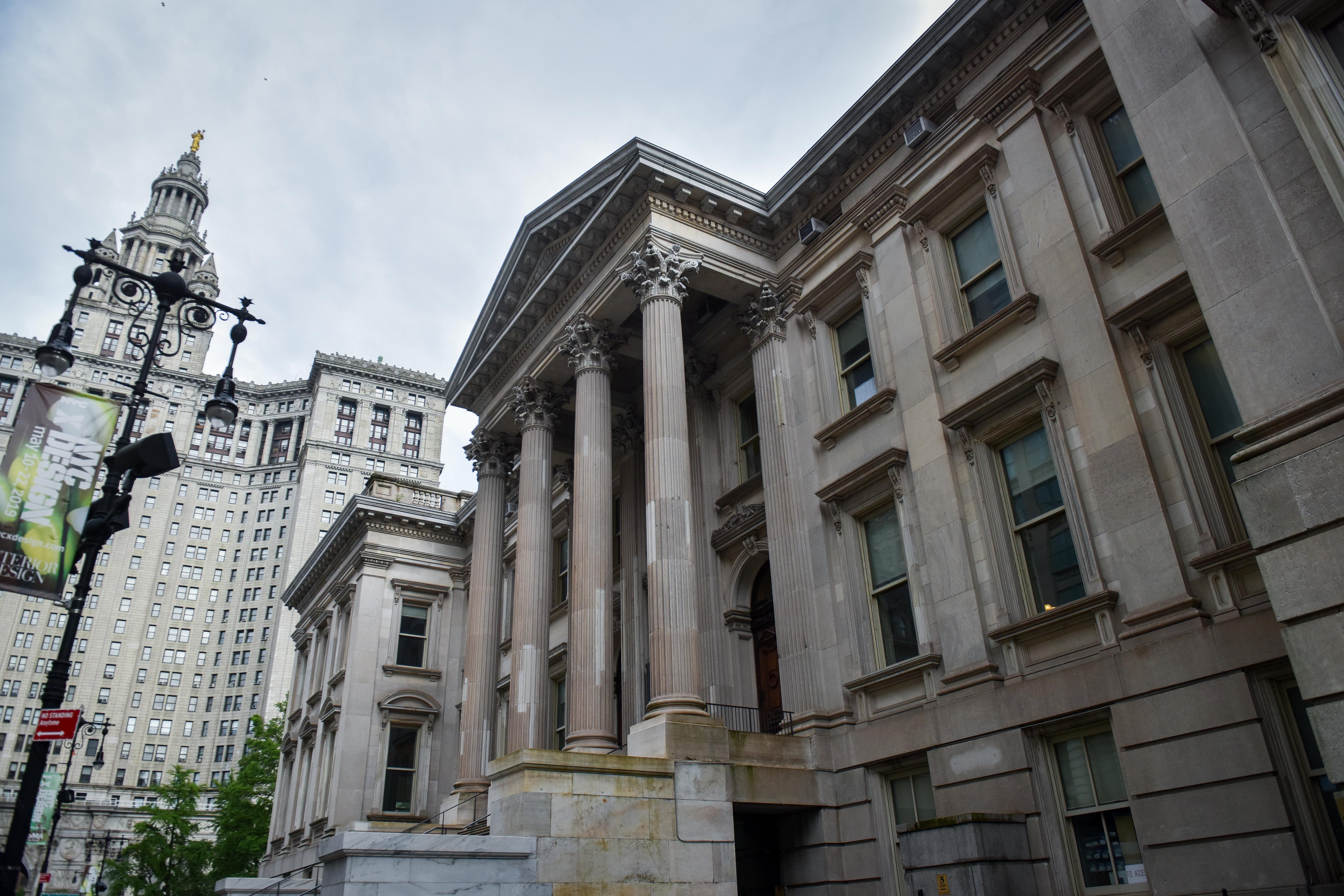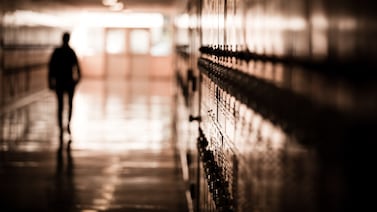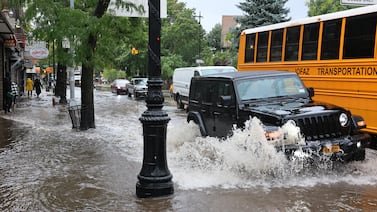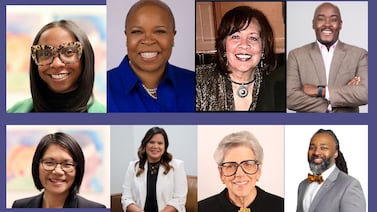In the midst of the coronavirus pandemic, New York City’s education department received a massive windfall: more than $7 billion in federal relief funding to help reopen school buildings and address lost instruction.
But city officials have used a significant chunk of that one-time relief on initiatives that have recurring costs. What happens to those efforts when the spigot of federal dollars dries up in 2024? That’s the question posed by a report released Thursday by Advocates for Children, which highlights hundreds of millions worth of programs that are currently being supported by federal funds.
The report is a “call to action” to draw attention to initiatives that could face cuts if the city doesn’t find a way to replace federal dollars, said Randi Levine, the policy director at Advocates for Children. “We want to make sure policymakers are aware of the wide range of important education initiatives that are currently being funded by expiring federal COVID-19 relief funding.”
A range of programs are receiving one-time federal money, including expanded summer school ($236 million), hundreds of new prekindergarten seats for students with disabilities ($88 million), screening for students with dyslexia and other literacy programs ($7.4 million), and a raft of hiring including new social workers and nurses (roughly $135 million).
City officials declined to say whether they plan to slash any of those programs or, if not, where the funding will come from.
“We are working closely with City Hall and our agency partners to find ways to sustain and build on the work we have done to lift up our students and schools,” education department spokesperson Jenna Lyle wrote in an email.
The programs are not necessarily at immediate risk, since the federal funding runs until the 2024-25 school year, though advocates argue the city should make plans to address the looming fiscal cliff now. Once the federal funding runs out, the city will have to either cut or find other money to replace about $881 million in annual spending on recurring programs that are currently receiving federal dollars, according to the city’s Independent Budget Office.
“I don’t think the intent [of the federal funding] was to support ongoing costs — these funds were clearly one-time,” said Ana Champeny, the vice president for research at the Citizens Budget Commission, a watchdog group. “The city, the City Council, and the advocacy community is going to have to address [that] and make hard choices.”
The report does not document every example of the education department’s use of one-time relief money on recurring programs. But it highlights several high-profile examples. Here are five of them:
Preschool for 3-year-olds: $100 million
Mayor Eric Adams made waves when his administration rolled back plans to make 3-K universal, a major goal of his predecessor who intended to use more than half a billion dollars of federal money for that purpose. Officials redirected much of that funding to “central costs.” But even without the planned expansion, city officials will still need to find about $100 million each year to keep the program going at its current size, according to the Advocates for Children report.
Expanding 3-K was “built on recovery dollars that are running out,” schools Chancellor David Banks said at an event hosted by Educators for Excellence Wednesday evening. “We’ve got major issues that we’re going to have to deal with financially in terms of paying for that as well as other programs.”
More social workers, nurses, and staff to help homeless students: about $135 million
The education department hired a slew of people for non-teaching positions, including enough nurses to ensure every school had access to one, 500 social workers, and psychologists to speed up evaluations and the creation of individualized education programs for students with disabilities. The city also used the funding for 75 coordinators to help homeless families navigate the education system, though the hiring process has been slow.
Preschool for students with disabilities: $88 million
Many students with disabilities who are legally entitled to preschool seats have instead been forced to stay home because the city doesn’t have enough seats to meet demand. The problem was long considered a stain on Mayor Bill de Blasio’s promise of universal pre-K and the current administration has vowed to create enough seats for every child with a disability who is entitled to one. But that promise is being delivered with one-time relief money, raising questions about how the city will follow through on that goal after this school year.
Community schools: $60 million
Under de Blasio, there was steady growth in the number of schools that embedded wraparound services into school buildings through partnerships with nonprofit providers — including dental clinics, mental health services, and food pantries. The city has dedicated about $70 million over the last two years to increase the number of those schools from 266 to over 400 and reverse cuts that had been planned to those schools, according to the report.
Keeping school budgets steady: $160 million
City officials have kept school budgets higher than they would have been based on enrollment declines, a policy meant to stave off dramatic budget cuts while schools are trying to catch students up from pandemic disruptions.
Although Adams began the process of cutting school budgets this school year, a move that drew intense criticism, he reversed plans to make another round of cuts next school year – using relief funding to plug the gap. That move means that schools may face even more dramatic cuts down the line, as officials contend that school budgets will eventually need to be brought back in line with enrollment, though city officials have not released detailed plans.
“That’s a looming problem and it will be a bigger problem than it was last year,” Champeny said. “When those funds run out, how are we going to fund the schools and at what level?”
Alex Zimmerman is a reporter for Chalkbeat New York, covering NYC public schools. Contact Alex at azimmerman@chalkbeat.org.







